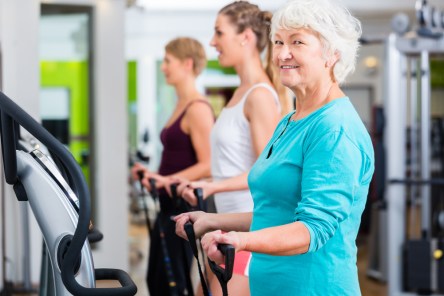Multifamily housing is changing more rapidly than ever before. The National Multifamily Housing Council recently released the Multifamily Disruption report. It highlights eight major trends that are changing the way we design and marketing apartments. 1. Robotics Tech research consultants at Gatner estimate that 26 billion devices will be connected through the cloud-based Internet of Things (IoT) by the year 2020. The five-fold increase includes more than 11 billion sensor-connected devices that control resident comfort, shopping, and entertainment. Investments in consumer artificial intelligence products may reach $126 billion by 2025. Residents have come to expect the integration of smart technology into their residences. Owners and operators are scrambling to integrate—and update— tech-savvy gadgets into rentals. 2. Convenient, Customizable Living Convenience reigns. Renters value reliable cellphone reception and high-speed internet more than fitness centers, pools, or in-unit laundry machines. By 2023, more than 90 percent of the U.S. population will own cellphones and use them as the main method of interaction with businesses and services. The 2017 State of the Connected Customer report advises businesses to focus on immediacy, personalization, consistency, and anticipation. If these expectations aren’t met, 66 percent of polled consumers say that they’ll drop the brand. About 70 percent of consumers say that mobile technology makes switching brands easier than ever. When it comes to apartments, this translates into a few major points. Cell reception and high-speed internet are must-haves. When renters reach out to leasing office staff, they expect quick, personalized responses. Moreso, they expect the leasing staff to anticipate their needs, promptly issuing updates and repairs before they’re requested. 3. Looking Beyond Millennials One-bedroom apartments are no longer the hottest floor plan in most markets. Larger apartments at affordable prices are consuming a greater share of demand. About 73 million...
Retirement Benefits
Good for your health
They say you can’t teach an old dog new tricks, but a new study of recently retired Australians proves there’s always time to change your life. Conducted by the University of Sydney, the study tracked more than 25,000 older Australians, recording their general health habits, including physical activity, alcohol use, and sleep patterns. These statistics were then compared to post-retirement behavior, and the results are surprising. Rather than wither on the vine, retirees seemed to find a new lease on life. In fact, many report becoming more active once they transitioned out of the workforce. “Our research revealed that retirement was associated with positive lifestyle choices,” said lead researcher Dr. Melody Ding, Senior Research Fellow at the University of Sydney’s School of Public Health, in a statement about the research. “Compared to people who were still working, retirees had increased physical activity levels, reduced sitting time, were less likely to smoke, and had healthier sleep patterns.” Not only did study participants improve their overall health, but many of the differences were significant, even after adjusting for factors like age, sex, marital status, education, and residency. According to the study, nonworking senior citizens increased physical activity by 93 minutes per week, decreased sedentary time by over an hour per day, and increased sleep by 11 minutes per night. Additionally, over half of all female smokers quit smoking. For participants in the study, the biggest differences appeared among those who’d worked 40-hour weeks. Ding believes ditching commuting and finally abandoning inactive hours behind a desk provide seniors with the chance change their day-to-day lives, making room for more exercise, balanced meals, and better sleep. “The lifestyle changes were most pronounced in people who retire after working full-time,” says Ding. “When people are working and community, it...


